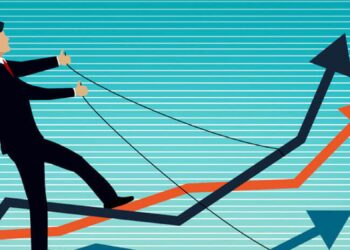The expected life span of an individual is one of the great unknowns in retirement planning yet Australians continue to underestimate the significant effect of longevity risk on retirement income.
Addressing the American Chamber of Commerce in Australia, Challenger chief executive Brian Benari said our current understanding of average life expectancy is underestimated and financial advisers should not rely on averages in individual cases.
"We're typically told average life expectancy in Australia is 81 for a man and 85 for a woman however, this is from birth and not for retirement age," Benari said.
"If you are already 65 your age cohort life expectancy is 85 for a man and 87 for a woman, as implied by the most recent Intergenerational Report."
Furthermore, these figures make no allowance for future mortality improvements due to medical advances or other lifestyle factors, which can potentially take men to 87 and women to 89, he added.
"In planning for retirement for any average life expectancy you are accepting a 50 per cent chance that you will not have sufficient income to live," he said.
According to Benari, the fundamental shift from defined benefit to defined contribution schemes has left longevity as a forgotten risk for the individual as well as the nation.
For baby boomers moving into retirement with a defined contribution "the rules have changed" with sequencing risk having a much greater influence due to our increased life spans, he said.
"If retirement savings take a significant hit at the 60 to 70 age bracket, retirees won't have time to recover or address their longevity risk," he said.
"Annual returns are only a part consideration as timing or sequencing of those annual returns are critical when principal balances are reducing year on year in retirement from withdrawals."





